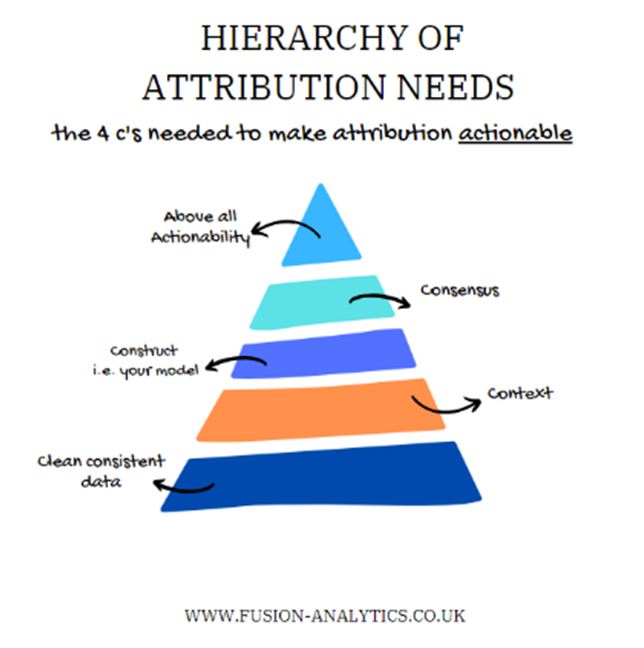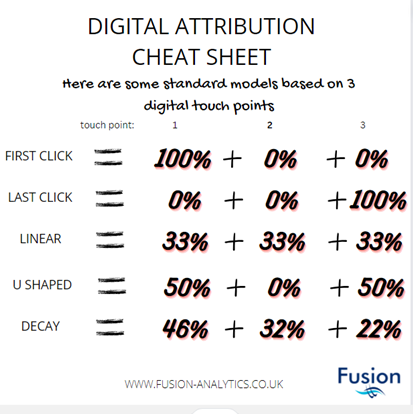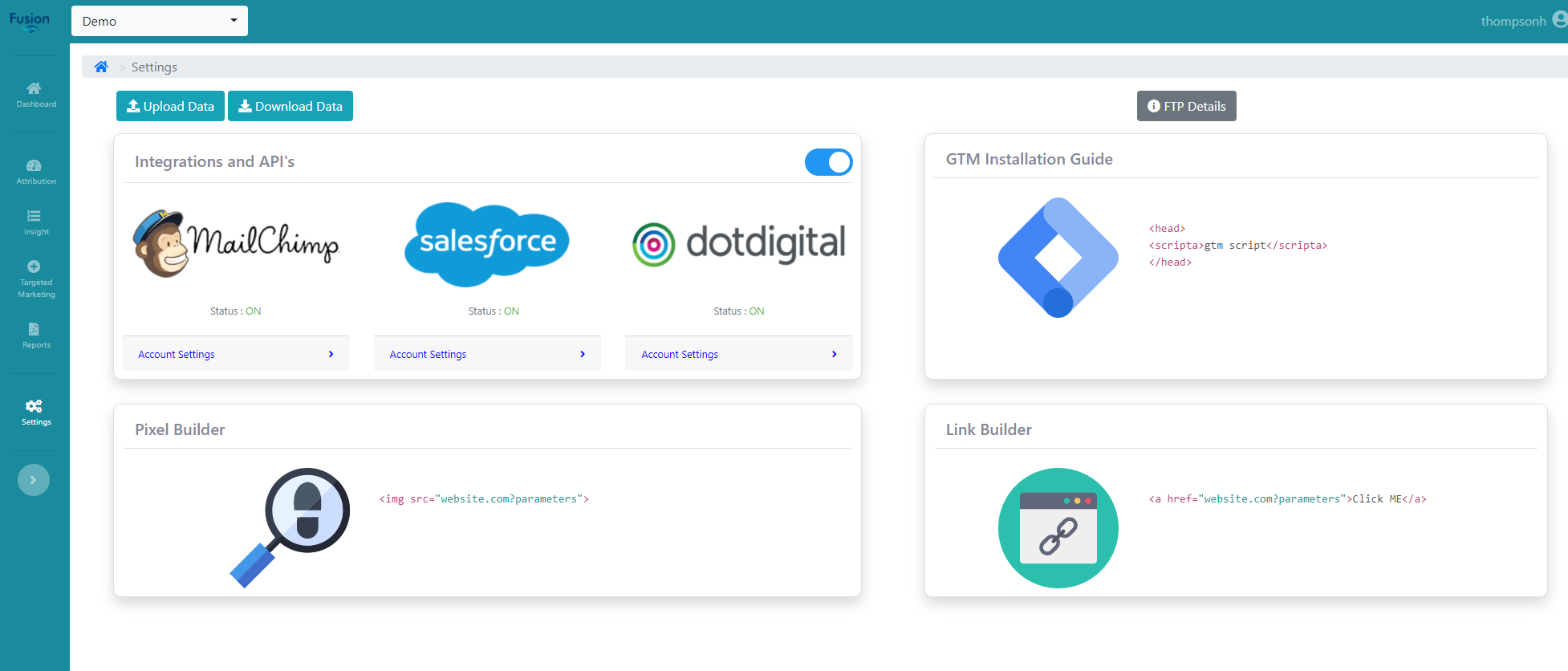Maslow re-invented….
Maslow defined a (now) commonly known hierarchy of needs to understand how you can motivate people. The theory states that there are layers to motivation, and like a builder constructing a wall, you can’t have the top “self-actualisation” or total motivation, without some basics in place – like food & clothing.

Introducing Thompson’s hierarchy of attribution needs:
Having run countless attribution or channel evaluation projects, I have found there is a similar hierarchy in attribution. So I present the ‘Thompson’s hierarchy of attribution needs.’
Like Maslow, these are some general rules that you need to consider when you are trying to understand your marketing budget.
So how do the four C’s help the process of attribution?
Here we explore why these four C’s (or the hierarchy) is needed to help the overall process of attribution rather than simply using a black box solution or hoping that someone can just build a model to answer your question.
I am afraid, like anything of worth, attribution is something that takes time & effort to get right.
Clean consistent data

Data is obviously going to be a key part of any data analysis project, but in many cases, data is not held consistently over a long enough time period.
Often to overcome data quality or missing data, clients work on a data subset for analysis; whilst this can progress you in the short term for a specific channel; it can mean that you start to produce conflicting views.
For a recent client we helped create an overall market plan for – who I considered to have some of the best internal reporting I have seen, had a range of data challenges we found & had to overcome:
- Some sales data was missing over a period of time; impacting the overall sales trends
- Channel data has been mis-classified:
- Some channels were totally recategorised at different points; meaning no history
- Others changed how they categorised a channel; meaning the overall volumes of sales via old & new definitions changed over time
- There were three definitions for conversion- each stakeholder used a different one
- Some assumptions that led to KPIs had changed; so we couldn’t use them any more
There are always going to be changes in data structure & formats, but it is important that when starting an attribution project these areas are understood & accounted for. This often requires a high level of customisation & data skills to get you there.
Which is why context is so important…
Context

In our client case above, we initially found what looked to be seasonal trends.
However, the trends in question didn’t make sense. When we dug into the data and relayed this with the client, we could then get the business knowledge of why there had been such a change; in this case a break in reporting or change in approach.
Reporting & data issues a side there can be a range of external factors that can impact your performance, a few examples we have seen recently are:
- Market conditions; i.e. the impact of COVID & lockdowns
- Competitor activity
- In complex markets like insurance; pricing, legislation, other product lines
- Changes in technology like the google search algorithm
A process to get this business knowledge and feed it back into your marketing planning is important.
One of my main issues with black box models, or out of the box attribution tools, is there is no process to help include that information or context.
Which is why I use the term “construct” in this instance rather than model….
Construct
Any model, whether it is a machine learning AI robot, a statistical based solution or a “fag packet” approach, where you assign budget to each channel based on intuition, can be described as a ‘construct.’
Each (even the fag packet approach) will most likely take the form:
My Channel sales = some function of channel spend
For those familiar with digital attribution models such as; first click, last click, u-shaped, decay or linear. These are all constructs with standard rules to weight clicks:

A custom model, broadly speaking will just be a different weighting (although it may also try and consider other factors too).
The trouble with any model, no matter how accurate it is, is that it always is a matter of opinion of what is best.
Therefore, consensus amongst stakeholders is key…
Consensus

As an organisation it is important that teams have a central ground that they can discuss.
For a recent client, that model was first click, as they were an insurance company and most visitors would use marketing to get to the site, and then come back using direct channels or email.
That worked for most teams, except the CRM/email team, who had seen an almost 200% increase in conversion with recent activity (wow!!!)
However, they felt thoroughly unappreciated as emails could only be sent to those that have already engaged. i.e. it was never first click.
As a business, the teams realised that email worked at different levels of efficiency for the given source channel and therefore they had to adjust their model (or construct) to allow for this relationship.
Why we built WebFusion our attribution solution
As you go through the four stages of attribution need, or the 4cs, you need to then keep going back to the beginning and working out; do we have the right data, is what I am seeing the right context, how can I build this into a model and will this get everyone onto the same page.
As a consultancy, we were always able to help clients move forward and do the best with what they had, however we usually got to the point where we needed more data, or to restructure historic data.

WebFusion was designed initially to ensure that we had the granular level of data (in a clean and consistent manner) required to answer almost any question.
With our new user interface, users can now:
- See patterns more easily to help ensure they have the right context
- Define periods of interest or relationships between channels to build the right structure of models
- Allow users to scenario plan, ensuring that different stakeholders can share their views; helping towards that overall consensus view
If you would like to find out more, please contact me on howard@fusion-analytics.co.uk or visit our website www.fusion-analytics.co.uk

